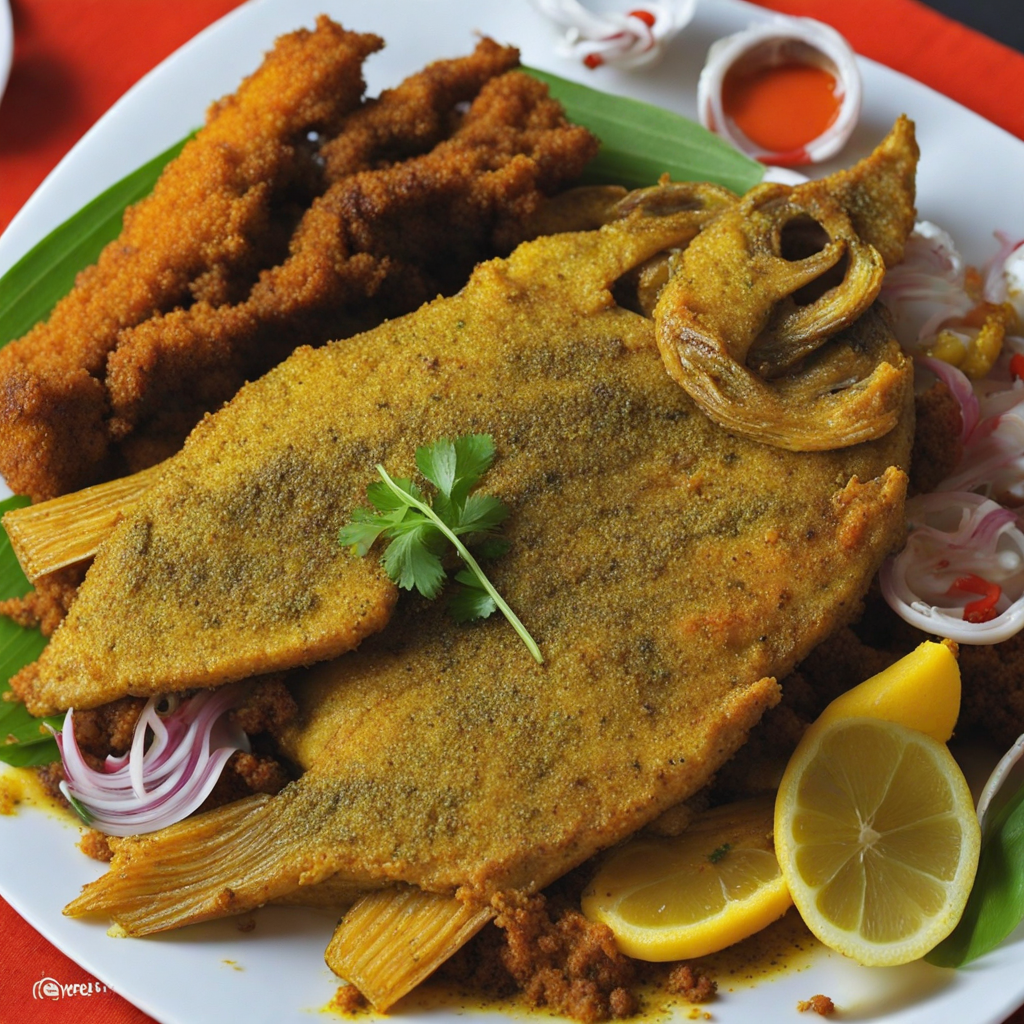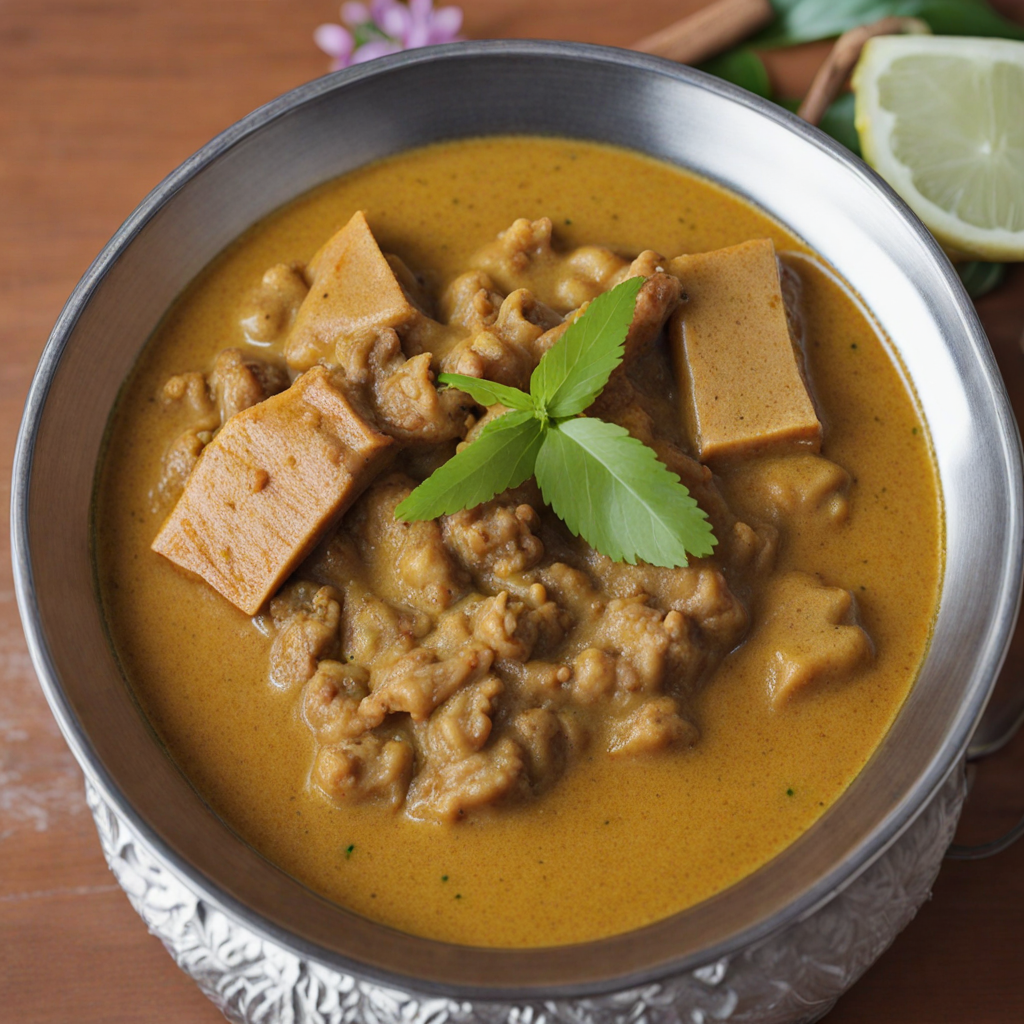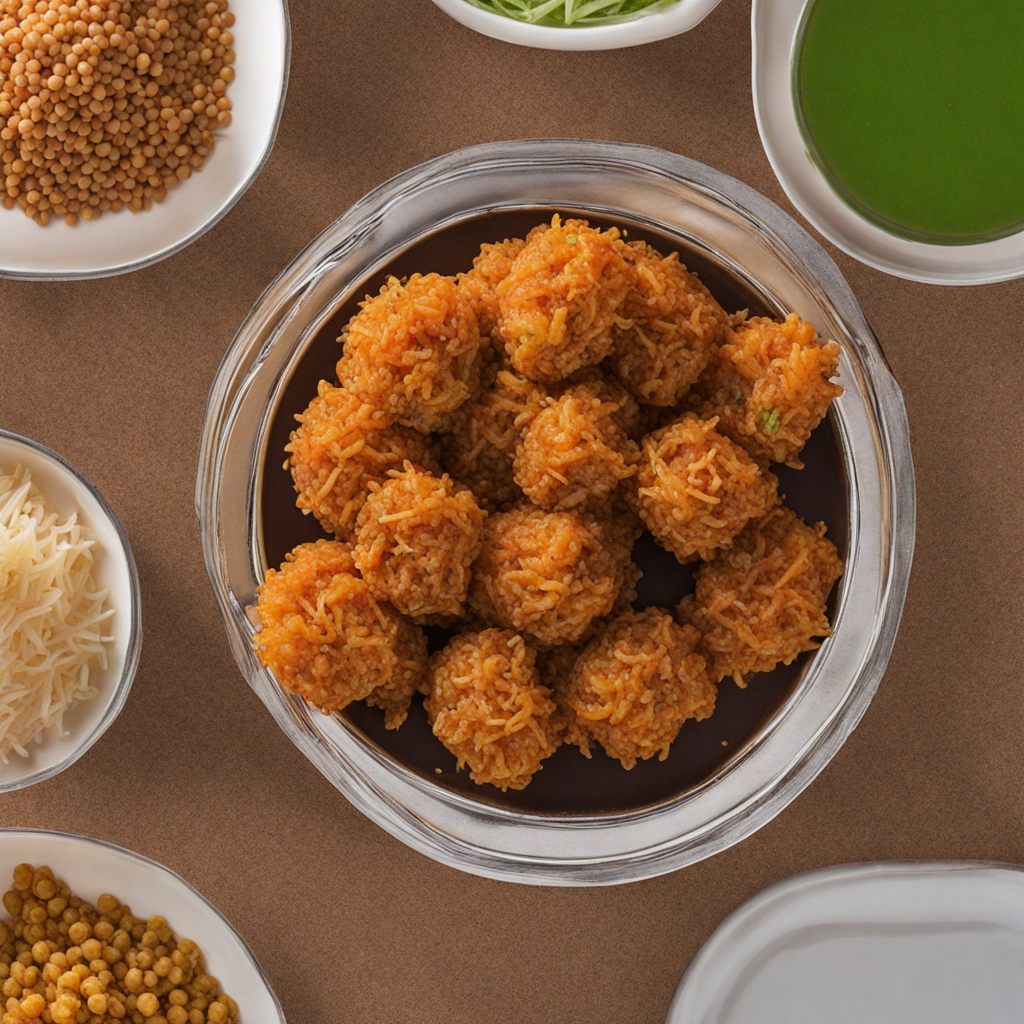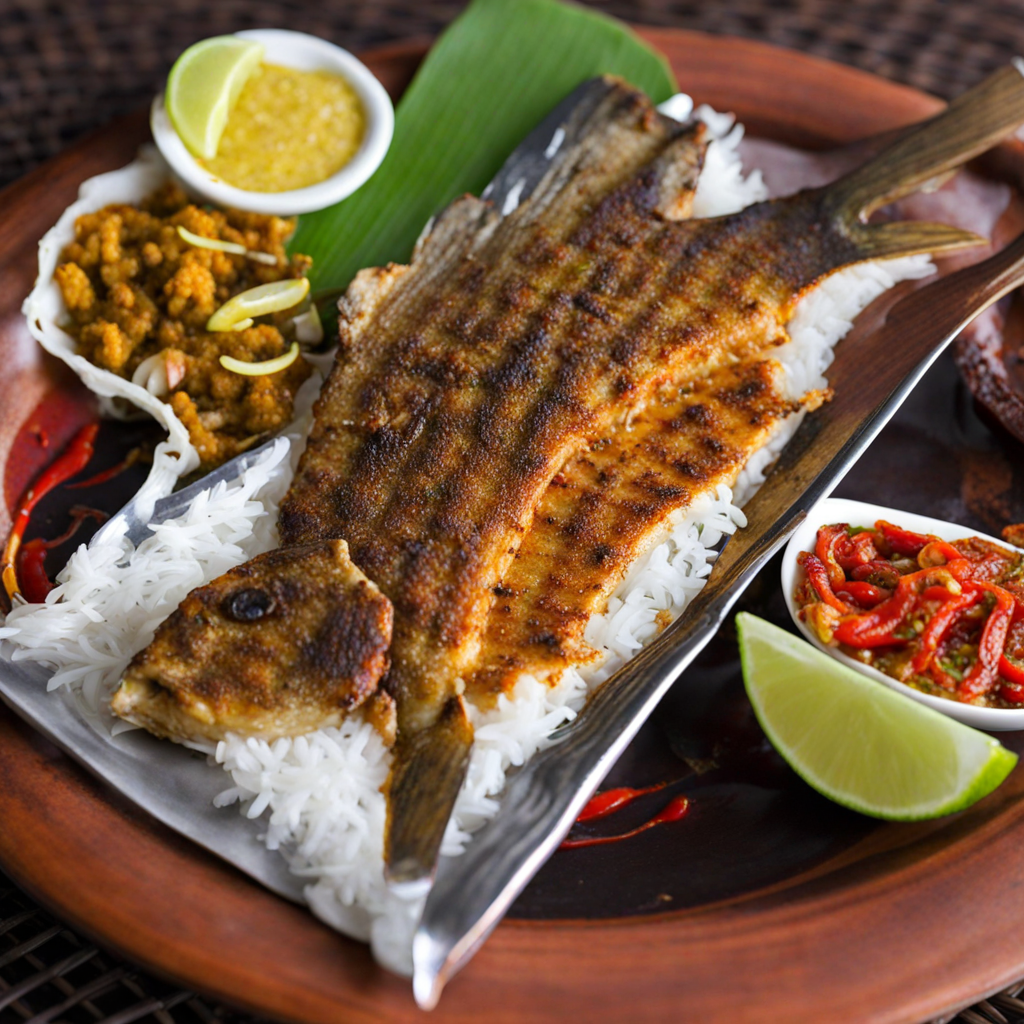Gulha
Gulha is a traditional Maldivian delicacy that encapsulates the essence of the country's rich culinary heritage. These delightful bite-sized snacks are made by encasing a savory filling within a soft, steamed dough. The primary filling typically consists of finely grated coconut mixed with fish, often tuna, along with a medley of spices that add depth and vibrancy to the flavor profile. This combination creates a delicious balance of sweet, salty, and umami notes that tantalize the taste buds and transport you straight to the sun-kissed shores of the Maldives. What sets Gulha apart is not only its incredible taste but also its texture. The outer dough is pleasantly chewy, providing a satisfying contrast to the tender filling. Traditionally, these snacks are shaped into small balls and are often served with a side of spicy chili sauce or a tangy lime dip, enhancing the overall experience with an extra kick. The steaming process locks in moisture, ensuring that each bite is juicy and packed with flavor, making Gulha a perfect snack for any time of the day. In the Maldives, Gulha is often enjoyed during celebrations, gatherings, and as a street food favorite, showcasing the communal spirit of Maldivian culture. It's a dish that invites you to savor the moment, whether you’re enjoying it at a local market or sharing it with friends and family at home. With its unique blend of ingredients and flavors, Gulha is an essential part of the Maldivian culinary landscape, eagerly waiting to be discovered by adventurous food lovers.
How It Became This Dish
The History of ގުޅޭ (Gulha) from the Maldives: A Culinary Journey The Maldives, an archipelago of 26 atolls scattered across the Indian Ocean, is renowned for its stunning natural beauty, rich marine life, and vibrant culture. Among the treasures of Maldivian cuisine is ގުޅޭ (Gulha), a delightful snack that embodies the island nation's culinary heritage. This small, savory dumpling has not just a history but also a compelling cultural significance that reflects the Maldives' maritime lifestyle, communal values, and evolving foodways. Origins of Gulha Gulha's roots can be traced back to the traditional Maldivian diet, which has been shaped by the islands' geography, climate, and the people’s reliance on the ocean. The Maldives, being an isolated group of islands, has historically relied on its surrounding waters for sustenance, leading to a diet rich in seafood. Gulha is typically made from a dough of rice flour, which is then filled with a variety of ingredients, the most common being tuna, coconut, and spices. The use of tuna is particularly significant as it reflects the Maldives' status as one of the world's foremost tuna fishing nations. The fresh, abundant fish is often combined with grated coconut and a blend of spices, such as chili, onion, and lime, creating a flavorful filling that is both nourishing and satisfying. The word "Gulha" itself is derived from the Maldivian language, Dhivehi, where it refers to "a ball" or "round object," aptly describing the dumpling's shape. The culinary practice of making Gulha likely dates back centuries, evolving as a convenient snack for fishermen and laborers, who needed portable and hearty food while they were out at sea or working in the fields. Cultural Significance Gulha is more than just a snack; it holds a special place in the social and cultural fabric of Maldivian life. It is often served during gatherings, celebrations, and festivals, symbolizing hospitality and community. At family gatherings, weddings, or festivals like Eid, Gulha is a staple, showcasing the importance of sharing food as a way to foster connections and celebrate togetherness. In many Maldivian households, the preparation of Gulha becomes a communal activity, often involving multiple generations. It is not uncommon to find families gathering in the kitchen to prepare these dumplings, sharing stories, laughter, and traditions as they shape the dough and fill it with their unique blend of ingredients. This act of cooking together reinforces familial bonds and keeps culinary traditions alive, passing them from one generation to the next. Moreover, Gulha is often associated with the concept of "bodu beru," a traditional form of Maldivian music and dance. During celebrations where bodu beru is performed, Gulha is frequently served, further intertwining the dumpling with the cultural expressions of the islands. Development Over Time As the Maldives has navigated the tides of globalization and modernization, so too has Gulha evolved. While it retains its traditional form, contemporary interpretations have emerged, reflecting changing tastes and dietary preferences. In the past, Gulha was predominantly made with fresh ingredients sourced locally. Fishermen would often bring home their daily catch, and housewives would prepare Gulha using whatever ingredients were available, leading to regional variations. For instance, while the traditional Gulha is filled with tuna, some variations now include fillings made from chicken, vegetables, or even international ingredients, catering to both local and tourist palates. Furthermore, with the rise of tourism in the Maldives, Gulha has gained recognition beyond the islands. Restaurants catering to tourists often put their own twist on the dish, experimenting with different flavors and presentation styles. This has led to Gulha becoming a culinary ambassador for Maldivian cuisine, introducing visitors to the flavors of the islands while also allowing for a fusion of culinary practices. Despite these changes, the essence of Gulha remains rooted in its traditional preparation methods. Many Maldivians still prefer to make Gulha from scratch, honoring the time-honored practices of their ancestors. The process of preparing the dough, crafting the filling, and shaping the dumplings is considered an art form, with each family possessing its own secret recipes and techniques. The Role of Gulha in Modern Maldivian Society Today, Gulha continues to be a beloved snack not just in homes but also in cafes and restaurants, where it is often served as a street food item. Its popularity has grown among younger generations, who enjoy the convenience of this portable snack while still appreciating its cultural significance. Moreover, as environmental awareness grows, there is a renewed interest in sustainable fishing practices and the use of local ingredients, which has led to a resurgence in the traditional preparation of Gulha. Many Maldivians are now more conscious of the importance of maintaining their culinary heritage, resulting in community-driven initiatives to preserve traditional recipes and cooking methods. In the global culinary landscape, Gulha stands as a testament to the Maldives' rich food culture. It encapsulates the history of the islands, the significance of community, and the adaptability of culinary traditions. Conclusion Gulha is more than just a snack; it is a reflection of Maldivian identity, a connection to the sea, and a celebration of community. As it continues to evolve while retaining its roots, Gulha remains a cherished symbol of the Maldives, embodying the flavors, traditions, and spirit of its people. Whether enjoyed on a bustling street corner, at a family gathering, or in a fine dining setting, Gulha offers a taste of the Maldives' rich history and cultural tapestry, inviting those who partake in it to share in the warmth and hospitality of this beautiful island nation.
You may like
Discover local flavors from Maldives







